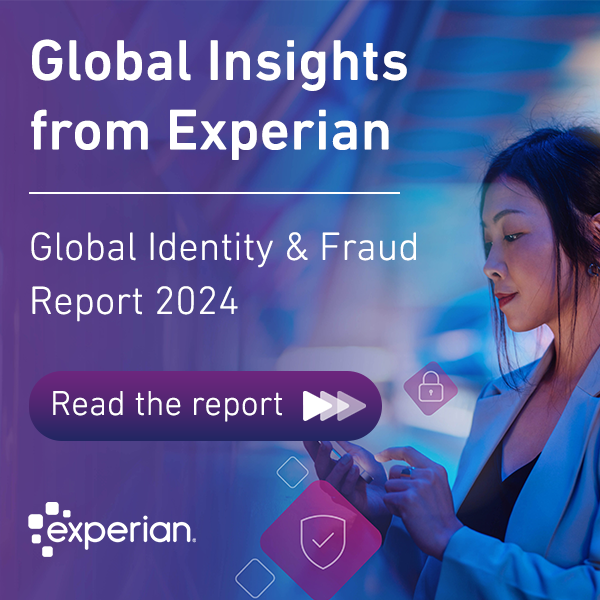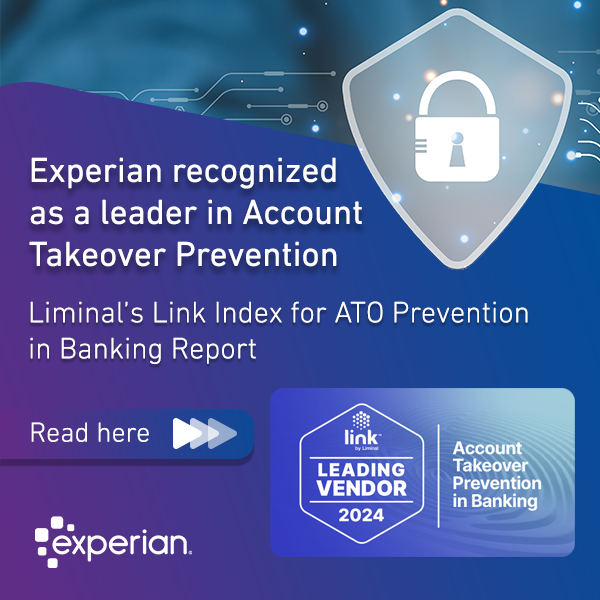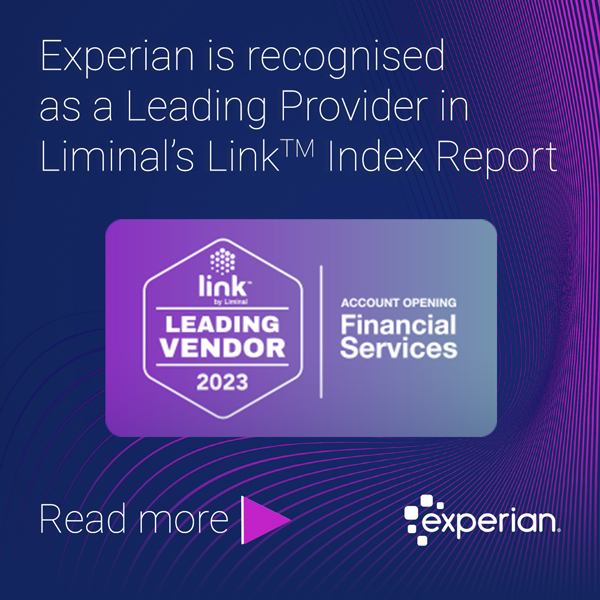
“Password Incorrect”
Are businesses making progress identifying customers online, or are they continuing to frustrate those customers with archaic identification and authentication methods?
Businesses engaging with their customers online walk a precarious tightrope between offering a frictionless experience and securing user accounts against fraud. But with ever-evolving technology, we look at how businesses can get a grip on the changing world of fraud while offering a great customer experience.
While easy digital experiences matter to end-users, especially now that any physical customer interaction is temporarily on hold, make no mistake about it: security is the most important factor when it comes to building trust with your customers.
In fact, our annual Global Identity & Fraud report, published in February 2020, found that 74% of consumers consider security the most important factor related to their willingness to conduct business online. Moreover, ease of access to their accounts was a close second, with 72% of respondents saying they want less friction and more user-friendly solutions. But keeping track of multiple, complex passwords across hundreds of digital accounts and running a gauntlet of authentication hurdles is the antithesis of what customers want.
The Evolution of Identification
Businesses that are truly committed to providing customers with a secure and frictionless experience online are moving beyond traditional fraud mitigation methods when it comes to customer identity. They’re adding multiple intelligent layers, many of which are completely invisible to end users, to add security and enable the fast, easy access customers expect.
Traditional analogue measures, like signature cards and face-to-face interactions with customers by a bank employee, are nearly extinct. Now, like those dinosaurs of the pre-internet world, many digital fraud protection measures are also being rendered obsolete because they just aren’t robust enough to confidently identify customers.
But technology can help businesses address this disparity. More sophisticated strategies, such as the development of machine learning and artificial intelligence, can provide faster and more accurate authentication – while being less intrusive user experiences.
Technology for Trust
Thanks in large part to the rapid growth of smartphones and mobile devices, we’ve seen more sophisticated methods of authentication. One of the most common forms of two-factor authentication today are the nearly ubiquitous one-time passcodes that are sent by email or text. This second layer of authentication ensures that the user is in possession of the hardware being used for access and has access to a confirmed email account or mobile device.
A downside of using these codes for verification, however, is that the user has to access email or messaging, which adds friction to the process, and is still not (on its own) immune to fraudsters.
There is no one-size-fits-all solution
The white knight of trust is a dynamic approach to both identity verification and authentication. To accomplish this, businesses need to layer solutions that provide insight into devices and behaviors on top of traditional two-factor options. Then apply advanced analytics to stop fraud while allowing 99% of customers to breeze through sign-up and ongoing account access.
Many of the latest identity authentication controls are ‘passive’, so customers won’t even notice that they are happening, making the customer experience both secure and smooth. Passive authentication can include behavioral risk assessments that compare the device against historical activities from the customer as well as evaluate how the customer is inputting information or navigating the page.
This, paired with other measures such as enrolling customers’ biometrics and using them for ongoing account accesses, can help ensure a seamless online experience.
Looking for the right signals across data sources can quickly flag risk and move the customer through the digital enrolment or login without unnecessary friction.
Related articles:
Covid-19 as a Gateway to Fraud: Top 5 Global Fraud Trends to Watch Out for in 2020




